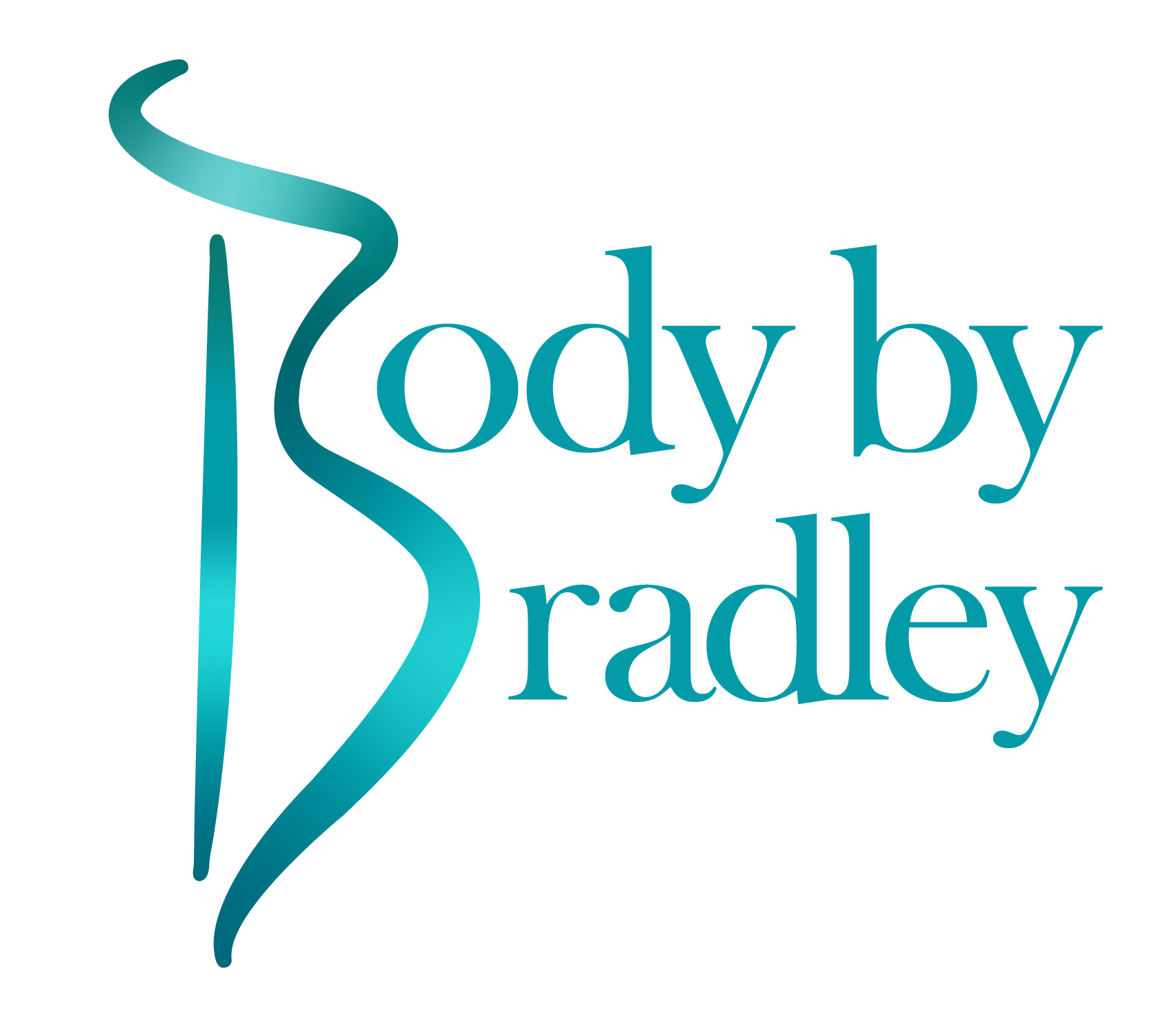Gynecomastia (male breast enlargement) can be successfully treated surgically with minimal visible scarring in most patients. Liposuction alone , or a combination of liposuction and surgical excision is used to remove excess fat and in many patients, abnormal breast tissue. The choice of procedures is very much dependent upon each individual’ s physical characteristics, as well as the surgeon’s experience and expertise in treating gynecomastia.
Gynecomastia is more prevalent than most people realize, affecting 10-15% of the male population. The reasons why gynecomastia occurs is beyond the scope of this discussion, but it can be a socially crippling situation for most males. Patients affected by gynecomastia are very reluctant to wear form fitting shirts and often times refuse to remove their shirt in public. It is amazing to witness the change in self confidence in the patients who elect to have their condition treated surgically. Each one of my patients have gone from wearing loose fitting dress shirts pre -operative to wearing form fitting pull over polo shirts post operative. This type of scenario is very gratifying for both patient and surgeon.
In my experience, most males who present with gynecomastia (enlarged breast tissue) are of relatively normal body weight and have mostly localized fat in the chest region as the predominant physical finding, with (and sometimes, without) a variable amount of palpable breast tissue directly beneath the nipple areoalar complex (the nipple and the dark pigmented tissue around the nipple is referred to as the “nipple areolar complex or NAC). In this type of patient, liposuction alone , especially Ultrasonic Assisted Liposuction (UAL) can be utilized to remove this tissue to produce a smooth post operative contour of the chest. This is an option only if the patient does not have an excessively large breast and has good quality skin which will allow for adequate skin retraction post operatively.
Ultrsonic Assisted Liposuction (UAL) has been utilized for the treatment of gynecomastia for years and is the method which I routinely utilize as well. The ultrasonic energy can remove breast tissue as well as fat provided there is not an excessive amount of palpable breast tissue. Suction Assisted Liposuction (SAL) and its variations, can not reliably address breast tissue.
In patients in which palpable breast tissue remains after the liposuction has been performed, surgical excision of the breast tissue is necessary. The incision can be well hidden along the border of the pigmented tissue of the areolar to minimize or completely hide the post operative incision scar. It has been my experience that the scar is not visible at conversational distance given adequate time to allow for healing, usually 8 – 12 months post operative. Most times I can tell the patient to anticipate a scar depending on my pre -operative physical findings, but I always make provisions in the consent process to tell a patient that I may have to perform an excision even if I anticipate that liposuction alone should be sufficient. There are times when I can palpate more breast tissue in the operating room after the surrounding fat tissue has been removed than I could pre-operatively. In this instance, I perform adiitional excsional surgery.
In some patients the most predominant pre operative physical finding is a palpable breast “bud” ( a “breast bud” refers to actual abnormal breast tissue directly beneath the nipple areolar complex which is well demarcated and can be of variable size, from the size of a grape to as large as a plum). In these cases, excisional surgery is required with a variable amount of liposuction used in order to contour the surrounding chest tissue to prevent what is known as a “saucer deformity” post operative. Imagine a circular depression in the chest where the breast tissue had been excised…we all want to avoid that type of situation and that is the reason to augment the excision with liposuction. Syringe liposuction can be utilized in these cases. I have never seen a “suacer deformity” in my practice utilizing the combination of techniques.
I have seen patients who are morbidly obese with very large, redundant breasts. These individuals are not candidates for the types of surgical approaches just discussed. In these individuals a formal breast reduction surgery is required. It is the same type of scarring pattern as seen in the female population. Men who present with this situation must be accepting of the necessary post operative scarring if they are to have a smooth, flat chest contour post operative.
The only way to know for sure if you are candidate for any of the interventions just discussed is to be seen in consultation by a well trained, highly experienced and properly credentialed surgeon. Not only will you be educated as to your surgical options, and if you are a suitable candidate for surgery, but you should also expect to learn about the expected post operative recovery and have all of your questions and concerns addressed.

